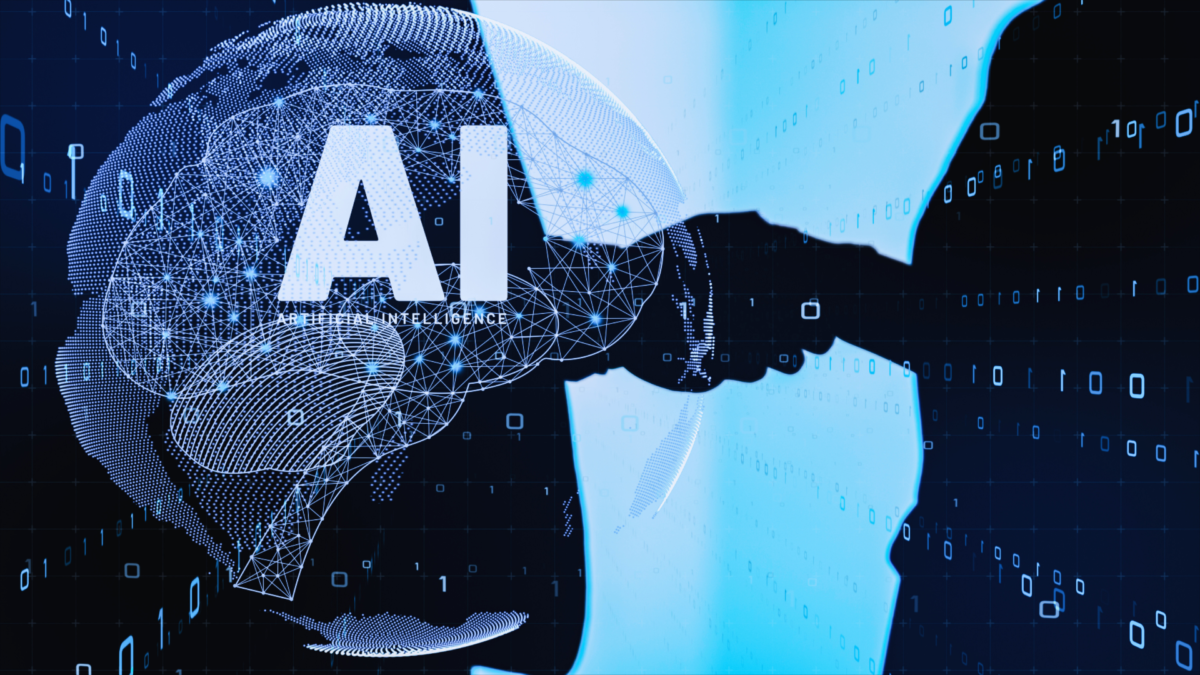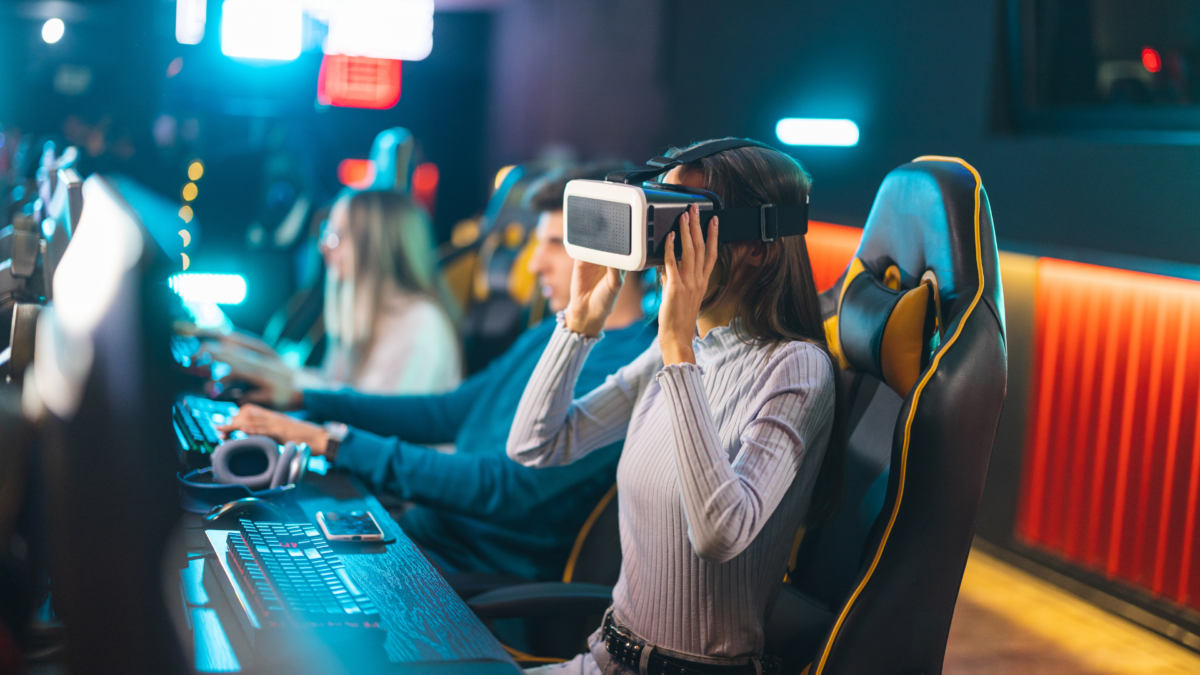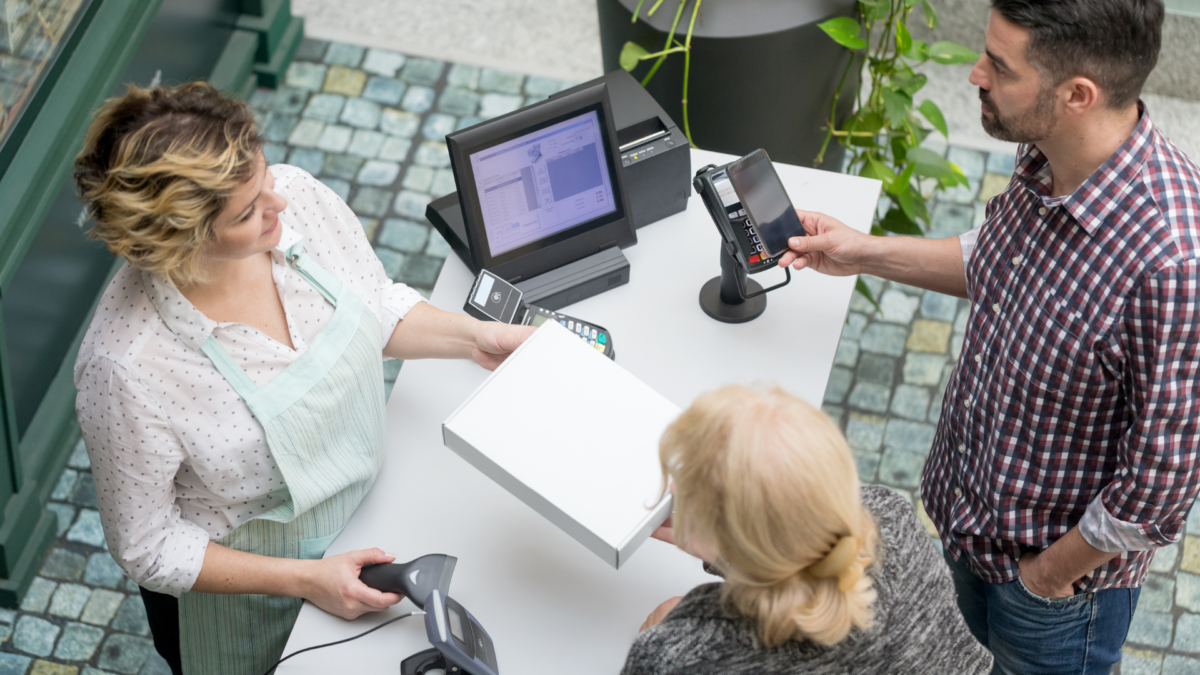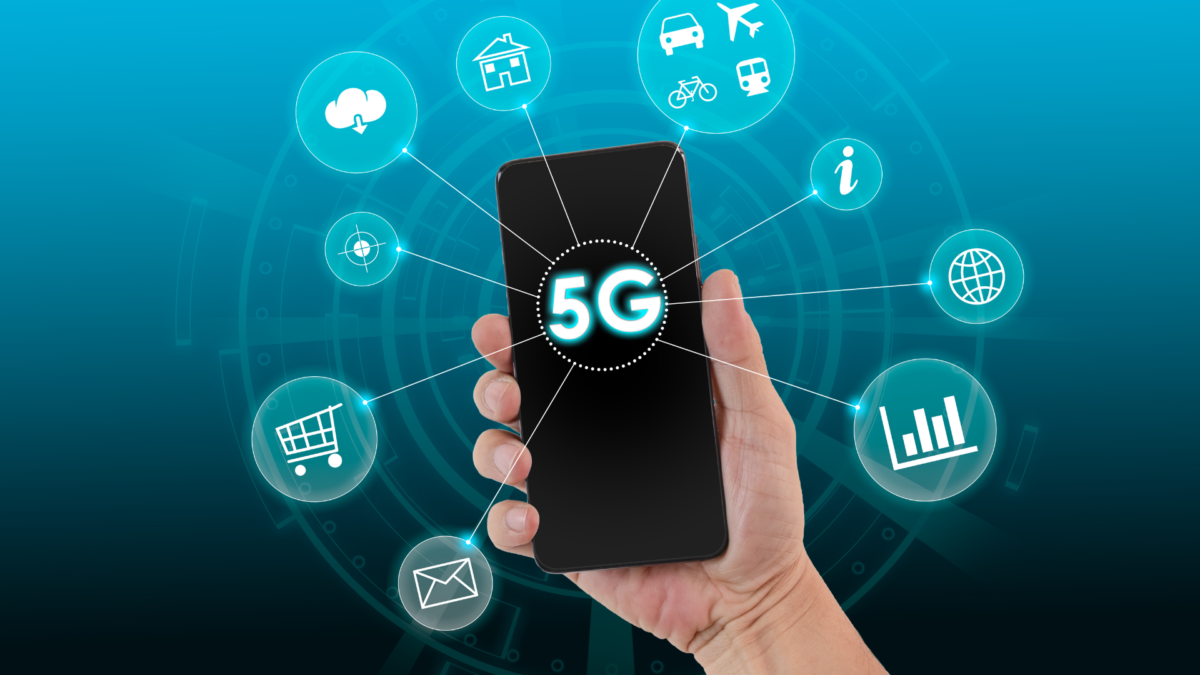Running a retail store can be like riding a rollercoaster. One moment, you’re stocking up inventory, the next, you’re strategizing expansion. With such dynamic needs, finding the right financial solutions becomes crucial. In this guide, we’ll delve into how business financing for retail stores tackles the diverse challenges businesses face, from inventory management woes to ambitious expansion plans.
Understanding the Retail Landscape
Before diving into financing options, let’s grasp the nuances of the retail realm. From boutique fashion outlets to neighborhood grocery stores, each establishment operates within a unique ecosystem. Yet, common threads bind them all: the constant juggle between inventory, cash flow, and growth.
The Inventory Conundrum
Inventory serves as the lifeblood of retail. It’s not just about shelves stacked with products; it’s about aligning supply with demand, managing seasonal fluctuations, and minimizing deadstock. Striking this balance requires astute planning and financial agility.
Cash Flow Crunch
Cash flow turbulence often haunts retail businesses. While sales may soar during peak seasons, lean periods can strain finances. This unpredictability demands flexible financing solutions to bridge gaps and sustain operations.
Growth Ambitions
Expansion is the holy grail for many retailers. Whether it’s opening new locations, diversifying product lines, or venturing into e-commerce, growth requires capital. Yet, accessing funds without disrupting existing operations is a delicate dance.
The Role of Retail Store Financing
Enter retail store financing – a suite of financial products tailored to the sector’s specific needs. Let’s explore how these solutions address the challenges outlined above.
1. Inventory Financing: Keeping Shelves Stocked
Problem: Balancing inventory levels without tying up too much capital.
Solution: Inventory financing allows retailers to leverage existing inventory as collateral for loans or lines of credit. This enables them to procure new stock without depleting cash reserves, ensuring shelves remain adequately stocked.
2. Working Capital Loans: Smoothing Cash Flow Peaks and Valleys
Problem: Fluctuating cash flow jeopardizes day-to-day operations.
Solution: Working capital loans inject liquidity into the business, helping cover operating expenses during lean periods or finance expansion initiatives during peak seasons. With flexible repayment terms, they offer breathing room without burdening the bottom line.
3. Equipment Financing: Investing in Efficiency
Problem: Outdated equipment hampers productivity and competitiveness.
Solution: Equipment financing enables retailers to acquire or upgrade essential assets, from point-of-sale systems to refrigeration units, without hefty upfront costs. By modernizing infrastructure, businesses enhance efficiency and customer experience, driving long-term growth.
4. Expansion Loans: Fueling Growth Initiatives
Problem: Ambitious expansion plans outstrip available capital.
Solution: Expansion loans provide the financial fuel needed to scale operations, whether it’s opening new stores, launching marketing campaigns, or entering new markets. With tailored repayment structures, businesses can pursue growth opportunities confidently.
5. Merchant Cash Advances: Tapping into Future Sales
Problem: Need for immediate capital with uncertain future cash flows.
Solution: Merchant cash advances offer a quick infusion of funds by leveraging projected credit card sales. Repayments are structured as a percentage of daily card transactions, aligning with revenue fluctuations and easing financial strain.
Choosing the Right Financing Option
With an array of financing solutions at their disposal, how can retailers make informed decisions? Here are some guiding principles:
1. Assess Your Needs
Before exploring financing options, conduct a thorough assessment of your business needs. Are you looking to bolster inventory, stabilize cash flow, or fuel expansion? Understanding your priorities will guide your financing strategy.
2. Evaluate Costs and Terms
Compare interest rates, fees, and repayment terms across different financing products. While a lower interest rate may seem enticing, hidden fees or rigid repayment schedules could offset the savings. Look for transparency and flexibility in the terms offered.
3. Consider Timing and Impact
Timing is crucial when seeking financing. Evaluate how quickly you need the funds and the potential impact on your business. Will taking on debt strain cash flow or inhibit future growth? Balancing immediate needs with long-term consequences is key.
4. Build Relationships with Lenders
Cultivate relationships with lenders who understand the retail sector. A trusted financial partner can offer personalized advice and tailored solutions that align with your business objectives. Look beyond the numbers and prioritize partnerships built on trust and reliability.
Empowering Retailers for Success
From managing inventory fluctuations to fueling expansion dreams, retail store financing plays a pivotal role in addressing diverse business needs!
FAQs (Frequently Asked Questions)
Q: Are there any specific qualifications required to apply for retail store financing? A: Qualifications may vary depending on the type of financing and the lender. Generally, lenders will assess factors such as your credit score, business revenue, and time in operation. Some financing options, like merchant cash advances, may have more flexible eligibility criteria compared to traditional loans.
Q: Can retail store financing help with inventory management software or other technology investments? A: Absolutely. Many financing options, such as equipment financing, can be used to invest in inventory management software, POS systems, or other technology solutions aimed at improving efficiency and streamlining operations.
Q: How quickly can I access funds through retail store financing? A: The speed of funding can vary depending on the type of financing and the lender. Some options, like merchant cash advances, offer quick approval and funding, often within a few days. Others, such as expansion loans, may involve a more extensive application and approval process, which could take several weeks.
Q: Will applying for retail store financing affect my credit score? A: Yes, applying for financing may result in a hard inquiry on your credit report, which can temporarily lower your credit score. However, the impact is typically minor, especially if you’re shopping around for the best rates and terms within a short period. It’s important to be strategic about applying for financing and only pursue options that align with your needs.
Q: Can I use retail store financing to pay off existing debt or consolidate loans? A: Yes, in some cases, retailers may use certain financing options, like working capital loans or consolidation loans, to pay off existing debt or consolidate multiple loans into a single, more manageable payment. However, it’s essential to carefully consider the terms and potential impact on your overall financial health before proceeding with consolidation.
Q: Are there any restrictions on how I can use funds obtained through retail store financing? A: While specific restrictions may vary depending on the lender and the type of financing, in general, funds can typically be used for a wide range of business purposes, including inventory purchases, equipment upgrades, marketing campaigns, expansion initiatives, and operational expenses. It’s essential to review the terms of the financing agreement carefully to ensure compliance and avoid any potential penalties.










